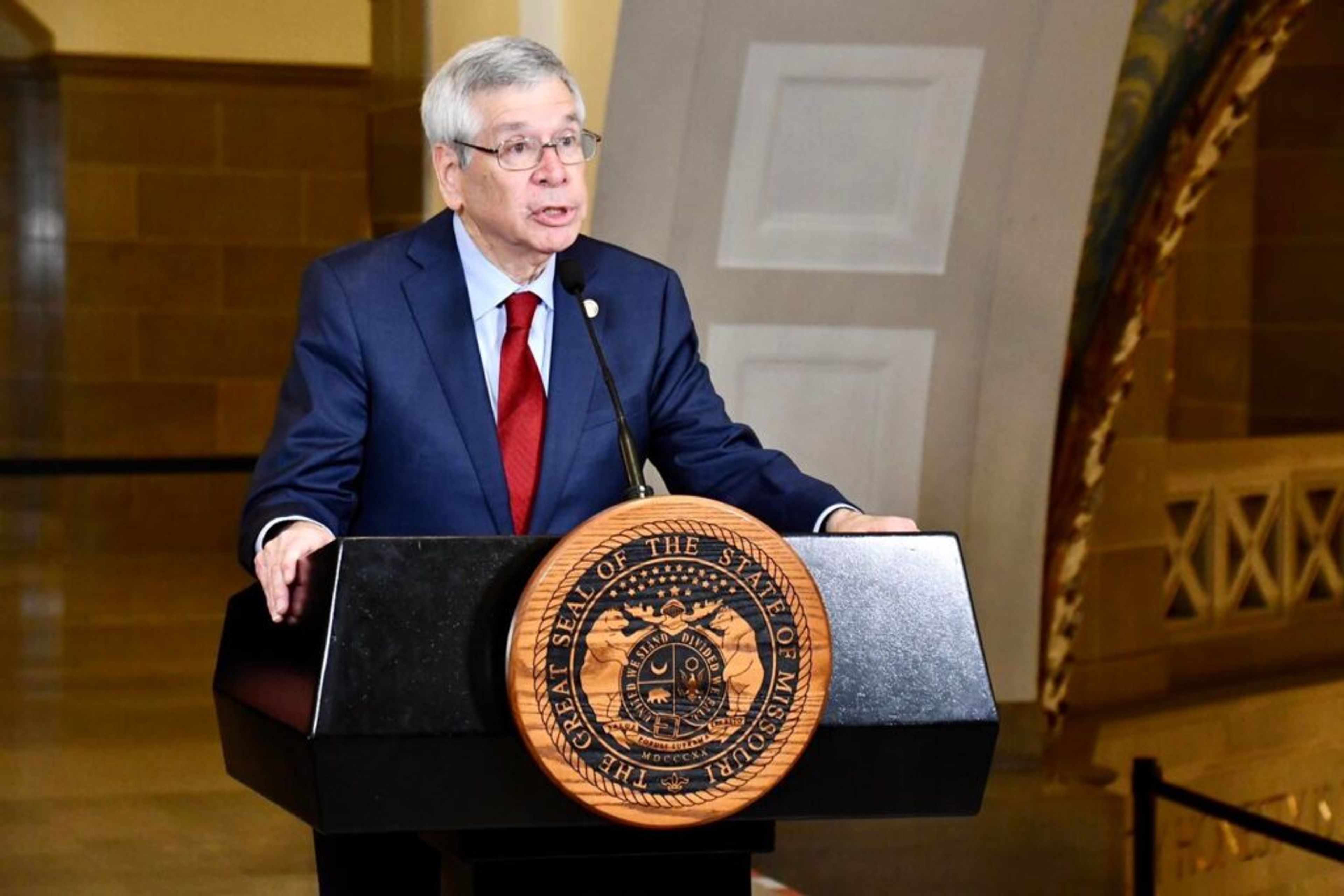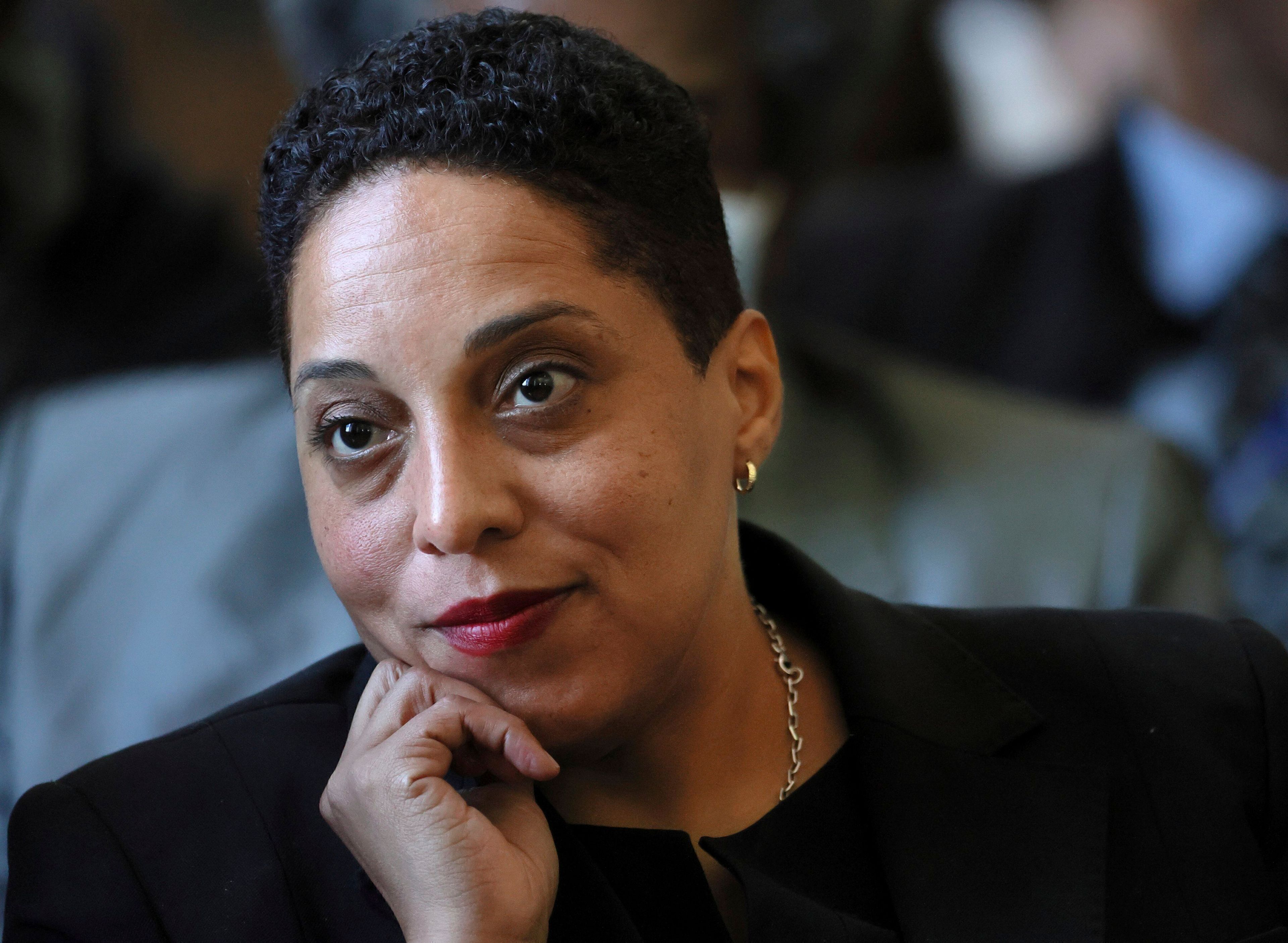Judge ends racial case dividing up KC schools
KANSAS CITY, Mo. -- A federal judge ended one of the nation's most litigated school desegregation cases Wednesday after finding the Kansas City School District has made adequate progress in narrowing the achievement gap between black and white students...
KANSAS CITY, Mo. -- A federal judge ended one of the nation's most litigated school desegregation cases Wednesday after finding the Kansas City School District has made adequate progress in narrowing the achievement gap between black and white students.
U.S. District Judge Dean Whipple, in his decision ending court supervision of the 26-year-old case, said the district "is unlikely to discriminate against African-American children in the future."
But Arthur A. Benson II, attorney for the plaintiff schoolchildren, said he believed the achievement gap persists and that he would appeal to the 8th U.S. Circuit Court of Appeals.
"We believe the judge used an improper legal standard to analyze the statistical data concerning the black-white achievement gap," Benson said.
The achievement gap was the last remaining issue in the case.
A 1997 order by U.S. District Judge Russell G. Clark, who had overseen the case before it was assigned to Whipple, required the district to reduce the test score gap between black and white students by 13 percent in math and reading.
Whipple ruled Wednesday that the district had closed the gap in a majority of categories, but did not have to do so in every grade in both subjects as the plaintiffs had contended.
Whipple also determined that while the district "has not implemented every single requirement" of the court-ordered educational plans, the "vast majority of the requirements have been in place for a substantial period."
Whipple first dismissed the case four years ago, saying the district had made enough headway toward ending segregation's effects. But an appeals court overruled Whipple and required him to hold a hearing before making a ruling.
Hanging on
The Kansas City School District was one of a shrinking number of districts with decades-old desegregation cases after several court rulings in the early 1990s provided direction about how such cases should end.
Schoolchildren and the Kansas City district filed the lawsuit in 1977 after voters repeatedly failed to increase taxes to pay for schools. The parties were realigned the following year, with the district named as a defendant and the schoolchildren remaining as plaintiffs.
At the time the lawsuit was filed, Benson said, the district's buildings were in disrepair, class sizes were large, textbooks were outdated and many teachers were leaving because salaries were low. Affluent families that could afford to left the district for the suburbs, leaving behind a poor, primarily minority student population.
The lawsuit sought to desegregate the Kansas City School District through an exchange of students from districts on both sides of the Missouri-Kansas line, which runs through the metropolitan area.
Suburban foray
At the time, the attempt to involve suburban districts was a fairly unusual approach, said Chris Hansen, a desegregation attorney for the national office of the American Civil Liberties Union in New York.
"The Kansas City case has been one of the most hotly litigated and famous cases in the country," Hansen said Wednesday. "It's a famous case its been to the Supreme Court several times. ... School desegregation lawyers probably don't know all the cases in the country but you would know Kansas City."
In 1984, Clark excluded suburban school districts from the case and ruled that the Kansas City School District and the state of Missouri had failed to eliminate the vestiges of the racially segregated school system that had been mandated by state law. He found that segregation "caused a system wide reduction in student achievement" and ordered a range of educational improvements.
The case has cost more than $2 billion since 1985, including litigation expenses but also additional funding that allowed the district to hire librarians and counselors, build and improve school buildings and add magnet schools.
Taxpayers statewide have borne much of the expense.
"There was a great deal of resentment among education officials in other parts of the state about the amount of money flowing to the Kansas City School District," said Jim Morris, a spokesman for the Missouri Department of Elementary and Secondary Education.
Student achievement in the district was the last portion of the desegregation plan the court was monitoring. Whipple last year ended federal oversight in the areas of racial balance, facilities, budget and transportation.
At a four-day hearing in May on the district's request to end the case, attorneys for the district and the teachers union told Whipple that the district had done enough to close the achievement gap between black and white students.
Connect with the Southeast Missourian Newsroom:
For corrections to this story or other insights for the editor, click here. To submit a letter to the editor, click here. To learn about the Southeast Missourian’s AI Policy, click here.








